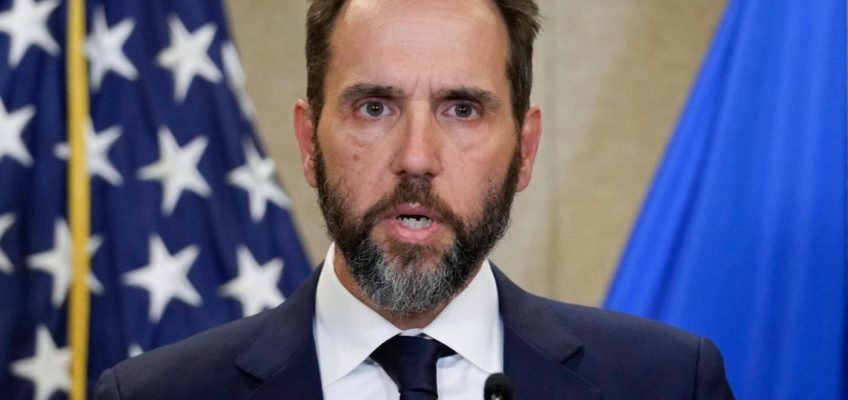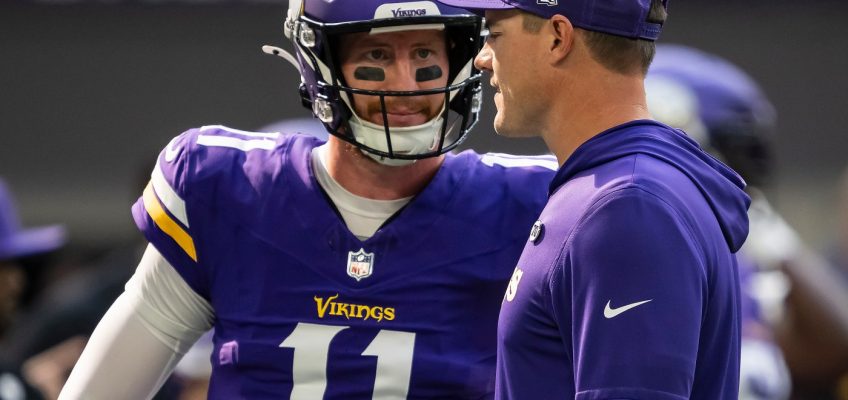“Every year, hundreds of thousands of Americans are released from prison. Too many step back into society with nowhere to go.”
A bedroom in a supportive housing apartment. (Adi Talwar/City Limits)
“Having that haven, a roof over your head—it is the most important thing in the world.”
That’s how Richard, the first resident of the Fulton Community Reentry Center in the Bronx, described what it felt like to walk through our doors after leaving prison. Recently, Fulton reached a significant milestone: more than 75 formerly incarcerated men have moved into permanent homes and reintegrated with society as productive community members.
At a moment when cities across the country are struggling with both the housing crisis and the challenge of supporting people returning home from prison, Fulton’s experience offers lessons that extend far beyond New York.
Every year, hundreds of thousands of Americans are released from prison. Too many step back into society with nowhere to go. National research shows that people leaving incarceration are nearly 10 times more likely to experience homelessness than the general population.
The first weeks are perilous: people face unemployment, strict housing restrictions, and a maze of legal barriers, all while trying to reconnect with health care. Without a job or a lease, stability can slip out of reach, elevating the risk of depression or substance use. For decades, our systems have asked people to rebuild their lives without foundational supports that come with strong community ties.
Fulton takes a new approach. Across from Crotona Park in the South Bronx, what was once a prison has been turned over by the state to a nonprofit and reimagined as a 140-bed community space for formerly incarcerated men through vital city investments in creating high-quality infrastructure and a program that recognizes the unique needs of this population.
Instead of just offering a bed, Fulton provides intensive case management, workforce training, health care coordination, trauma-informed counseling, family reunification support, and even recreational activities. The philosophy is simple yet powerful: people coming home are neighbors and contributors, not problems to manage; with stability and support, they can thrive.
As a community-based provider, Osborne Association sees firsthand the difference this makes. Many of our staff were formerly incarcerated themselves. They don’t just offer advice; they serve as living proof that a better future is possible. Residents find guidance and encouragement from people who know precisely what the first days of freedom feel like. That peer support, layered with professional services, helps turn a precarious transition into a genuine new beginning.
From the city’s perspective, Fulton also shows how targeted reentry housing can ease pressure on the shelter system and improve public safety. Every day, the Department of Homeless Services (DHS) delivers on the city’s legal and moral mandate to provide shelter to anyone in need, regardless of background or immigration status.
DHS is often the system of last resort for vulnerable New Yorkers who have been failed by every level of the safety net. As other levels of government have stepped away from investing in reintegration support for New Yorkers leaving the prison system, Fulton reflects the city and agency’s ongoing commitment to investing in these supports to address the prison-to-shelter pipeline.
The outcomes speak for themselves. More than 75 men have left Fulton and moved into permanent housing since we opened our doors. Most found a home within five months; in some cases, it happened in less than 30 days. Behind those numbers are real lives: men reconnecting with their families, finding employment, managing their health, and establishing a sense of stability. Each successful transition strengthens the neighborhoods they return to. Safer communities, stronger families, and lower public costs all flow from one thing: stable housing at the right time.
Skeptics sometimes ask why we shouldn’t simply distribute more vouchers and skip transitional housing altogether. Permanent housing is, of course, the goal we all share. However, experience tells us that people coming out of prison often need a bridge. Without support, too many bounce from unstable and temporary housing situations to the streets, and some end up back inside. Transitional housing like Fulton provides that breathing room—a roof, stability, and the chance to prepare for independence—making permanent housing much more sustainable.
This success was only possible because of public-private partnership. Osborne Association, DHS, and Trinity Church Wall Street* came together to turn a place of confinement into a place of opportunity. That collaboration maximized resources and built something that none of us could have done alone. Providers bring expertise and trust; the city invests in meaningful shelter programs and city agencies connect programs to larger housing systems; philanthropy helps spark innovation. Each piece matters.
The lessons here are national. Other cities and states can build on this model. Create reentry housing tailored to local populations. Link it directly to rental vouchers and permanent housing pathways. Build staffing pipelines that lift leaders with lived experience. And write reentry housing into housing plans and criminal justice reforms with dedicated capital and operating funds so that returning from prison is understood as a process, not a sudden cliff.
Richard’s words still ring in our ears: a roof over your head is everything. Fulton shows that with stability and dignity, people coming home do more than survive—they succeed. The choice for communities across America is stark but simple: continue policies that make it nearly impossible for people to rebuild stable lives, or prioritize housing as the cornerstone of justice and real second chances.
Molly Wasow Park is the commissioner of the New York City Department of Social Services. Jonathan Monsalve is president and CEO of the Osborne Association, a nonprofit organization servicing individuals, families, and communities impacted by the criminal legal system.
*Trinity Church Wall Street is among City Limits’ funders.
The post Opinion: What Happens When Reentry Starts with Housing? appeared first on City Limits.




